Tejas Dastane
An Effective Pixel-Wise Approach for Skin Colour Segmentation Using Pixel Neighbourhood Technique
Aug 24, 2021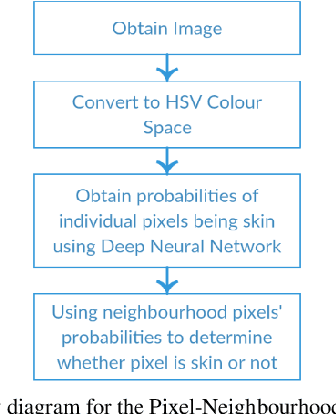
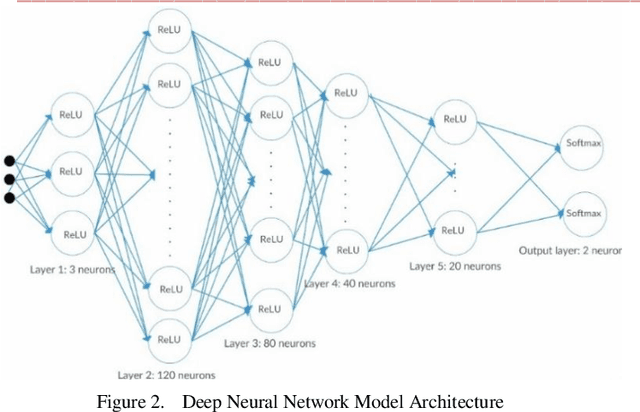
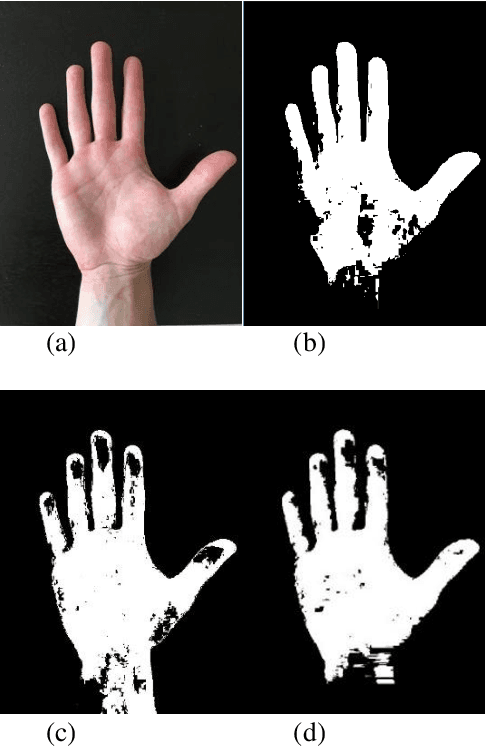
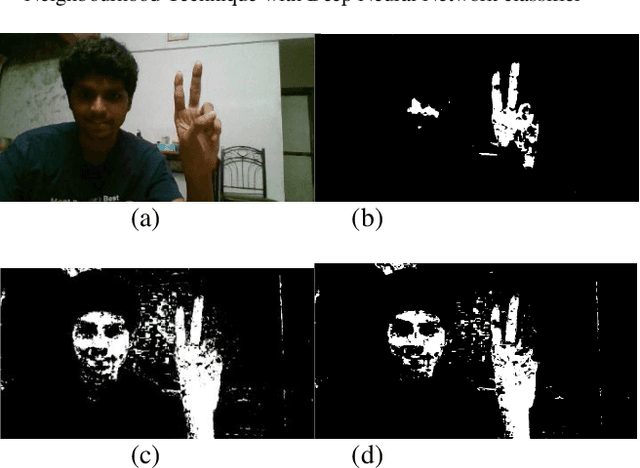
Abstract:This paper presents a novel technique for skin colour segmentation that overcomes the limitations faced by existing techniques such as Colour Range Thresholding. Skin colour segmentation is affected by the varied skin colours and surrounding lighting conditions, leading to poorskin segmentation for many techniques. We propose a new two stage Pixel Neighbourhood technique that classifies any pixel as skin or non-skin based on its neighbourhood pixels. The first step calculates the probability of each pixel being skin by passing HSV values of the pixel to a Deep Neural Network model. In the next step, it calculates the likeliness of pixel being skin using these probabilities of neighbouring pixels. This technique performs skin colour segmentation better than the existing techniques.
* 5 pages
Real-time Indian Sign Language (ISL) Recognition
Aug 24, 2021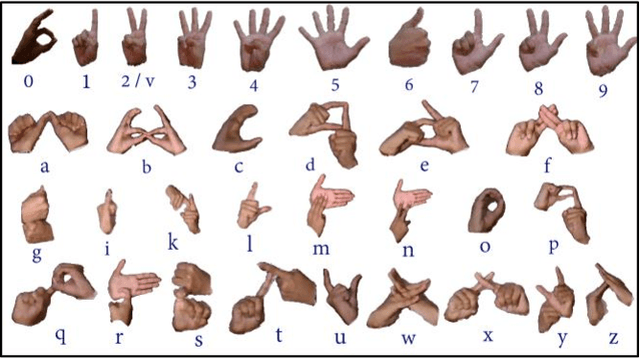
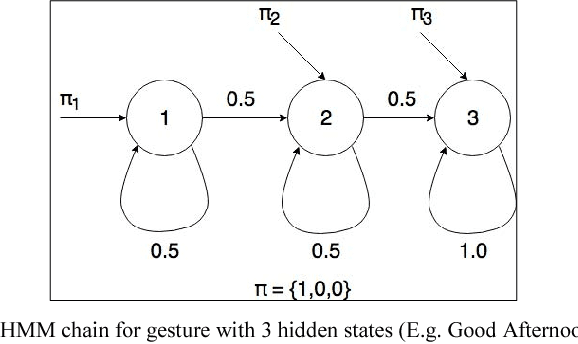
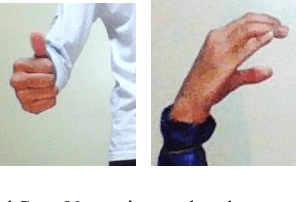
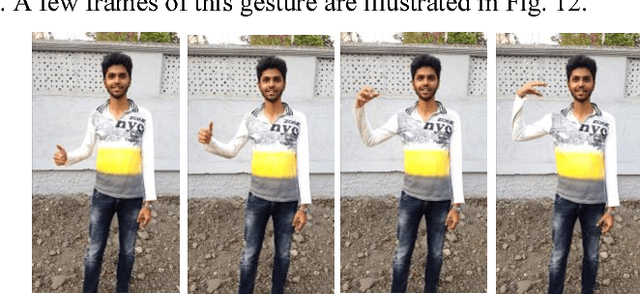
Abstract:This paper presents a system which can recognise hand poses & gestures from the Indian Sign Language (ISL) in real-time using grid-based features. This system attempts to bridge the communication gap between the hearing and speech impaired and the rest of the society. The existing solutions either provide relatively low accuracy or do not work in real-time. This system provides good results on both the parameters. It can identify 33 hand poses and some gestures from the ISL. Sign Language is captured from a smartphone camera and its frames are transmitted to a remote server for processing. The use of any external hardware (such as gloves or the Microsoft Kinect sensor) is avoided, making it user-friendly. Techniques such as Face detection, Object stabilisation and Skin Colour Segmentation are used for hand detection and tracking. The image is further subjected to a Grid-based Feature Extraction technique which represents the hand's pose in the form of a Feature Vector. Hand poses are then classified using the k-Nearest Neighbours algorithm. On the other hand, for gesture classification, the motion and intermediate hand poses observation sequences are fed to Hidden Markov Model chains corresponding to the 12 pre-selected gestures defined in ISL. Using this methodology, the system is able to achieve an accuracy of 99.7% for static hand poses, and an accuracy of 97.23% for gesture recognition.
* 9 pages
 Add to Chrome
Add to Chrome Add to Firefox
Add to Firefox Add to Edge
Add to Edge